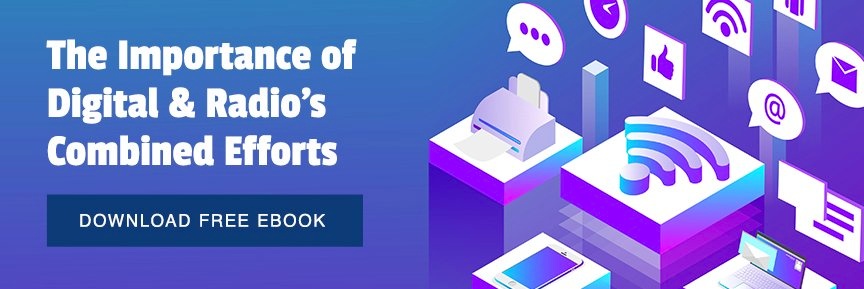With consumers spending more time online than ever before, search engine marketing (SEM) has become an essential component of an effective marketing plan. Eighty-five percent of Americans go online daily, with almost 30 percent of adults reporting they are online constantly. This heavy Internet consumption translates to sales. In 2022, consumers are expected to spend a record-breaking $1 trillion online.
Even businesses that primarily sell their products and services in brick-and-mortar locations should have an SEM plan. Eighty-seven percent of shoppers start their purchase decision-making process with online research. Unfortunately, many small businesses don't have an SEM strategy and lose traffic, sales, and revenue to their more digitally savvy competitors.
What Does SEM Involve?
SEM consists of ads that appear in search engines as customers look things up. They appear at the top of search results, increasing the chances you appear in relevant searches. When designing your SEM plan, you must evaluate using three different approaches to achieve your marketing goals. Design your ads to present information concisely, using the search engine’s specifications to create relevant and appealing ads.
Consider key factors of presenting the most information with the fewest words, conveying a lot about your brand while making it quick to understand. Customers will see your ads alongside many other entries, so being short and simple, with some consideration to style, helps your ads get noticed. Standing out from the noise is an essential piece of SEM success.
Aside from making your SEM ads clear, concise, and informative, you want to make sure you can easily track their success. Adding a designated landing page to your website helps you easily see how much traffic your SEM ads bring, as only people who clicked on the ad will visit that page. You can see how people navigate your website otherwise to determine how effectively you capture attention.
Make your SEM more targeted by carefully managing your keywords and set up negative keywords to narrow your ads to the most relevant results. Your keyword strategy is a key factor in your success, as it sets up how relevant your ads are to your audience.
Grow Sales While You Sleep
The value of SEM is that it reaches customers at critical junctures in their buyer's journey. And it reaches them at all stages of the customer journey, whether they newly learn about your brand or make a purchase. Since SEM increases the chances that customers will encounter your brand whenever they search, successful conversion doesn’t depend on set times. You don’t need to have your store open or have an employee on-call for your ads to bring you attention.
Furthermore, SEM empowers your customers to learn about your business and offerings, helping them feel good about their purchase while adding credibility to your brand. Combining SEM with other strategies, such as a professional website and SEO strategy, further aids customer research and makes your business show up in searches.
Using traditional advertising will also drive traffic to your online resources, as mediums like radio will help people learn about your brand and encourage them to search for you online. Developing an SEM and website presence helps customers find you much more easily.
Getting Started with SEM
With the vast majority of consumers spending significant portions of their day online, businesses must join them there. SEM provides an effective approach for businesses to capture consumer attention and encourage purchases of their products and services. For more information on how you can get started building an SEM strategy and how you can pair it with other offline strategies (such as radio), read more in this post from our in-house digital agency, Federated Digital Solutions.


